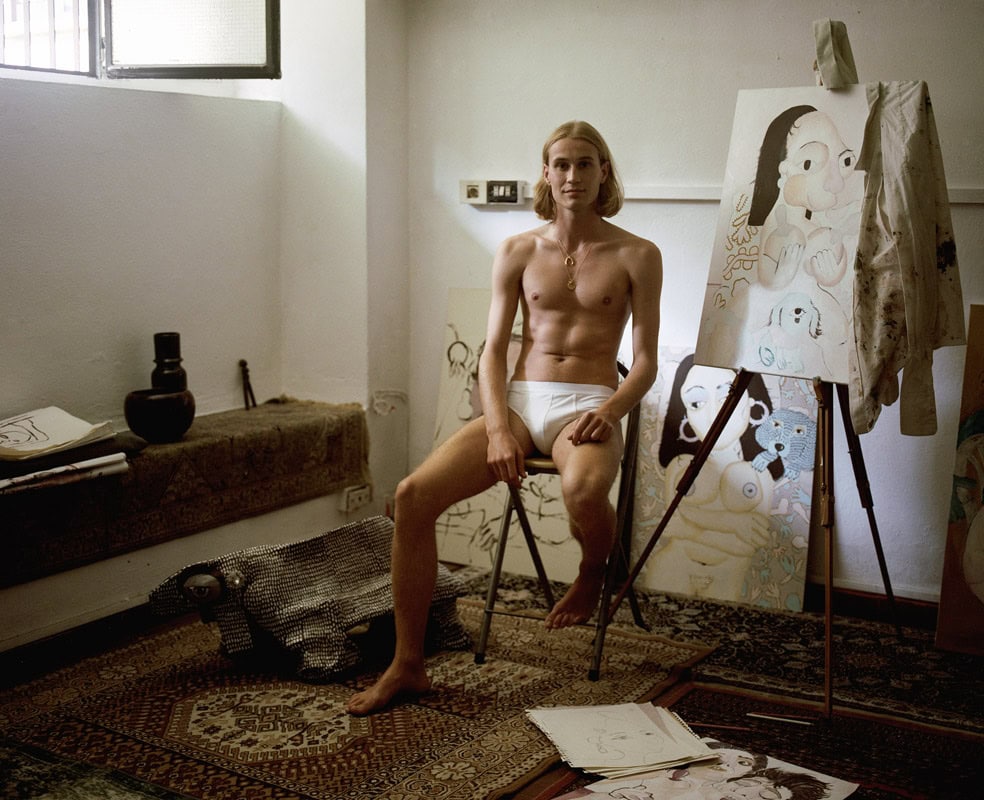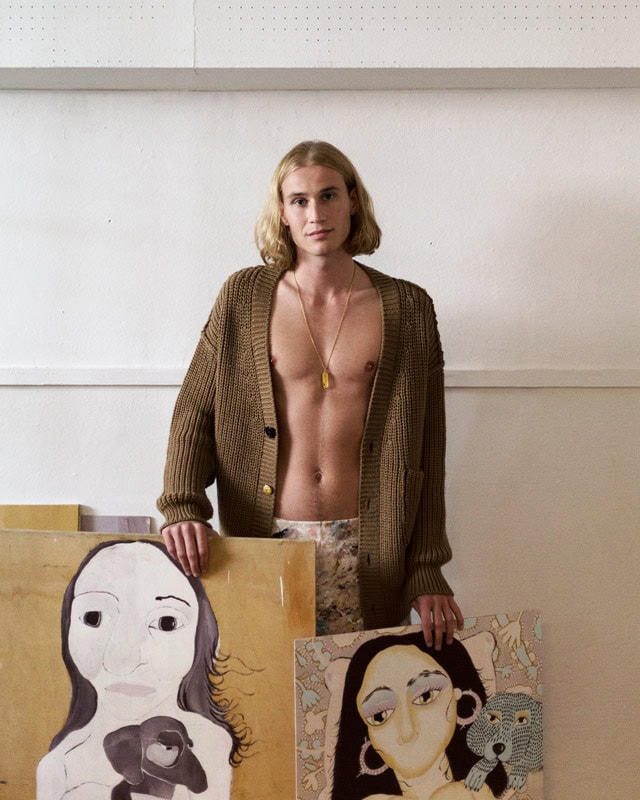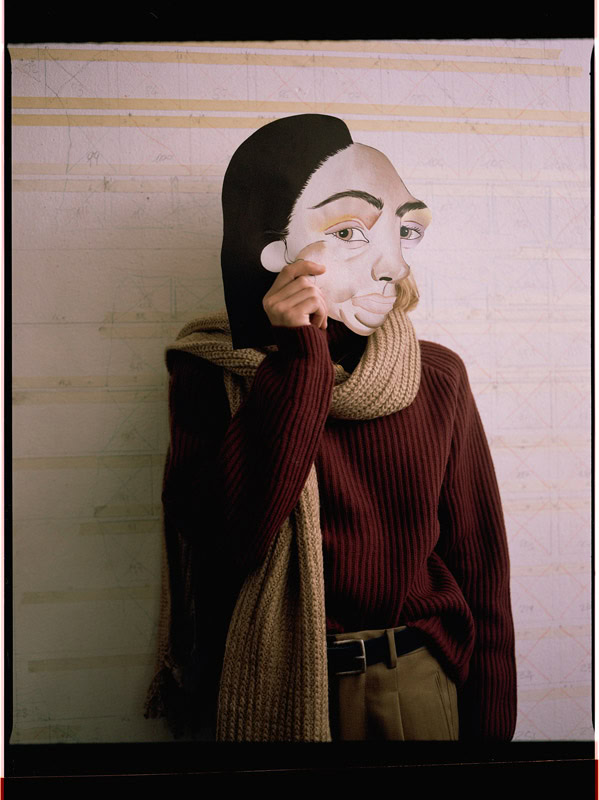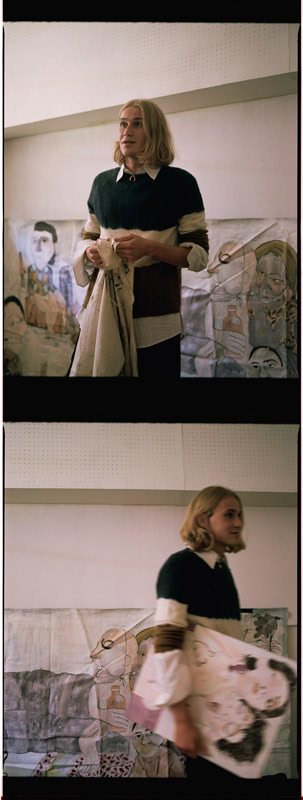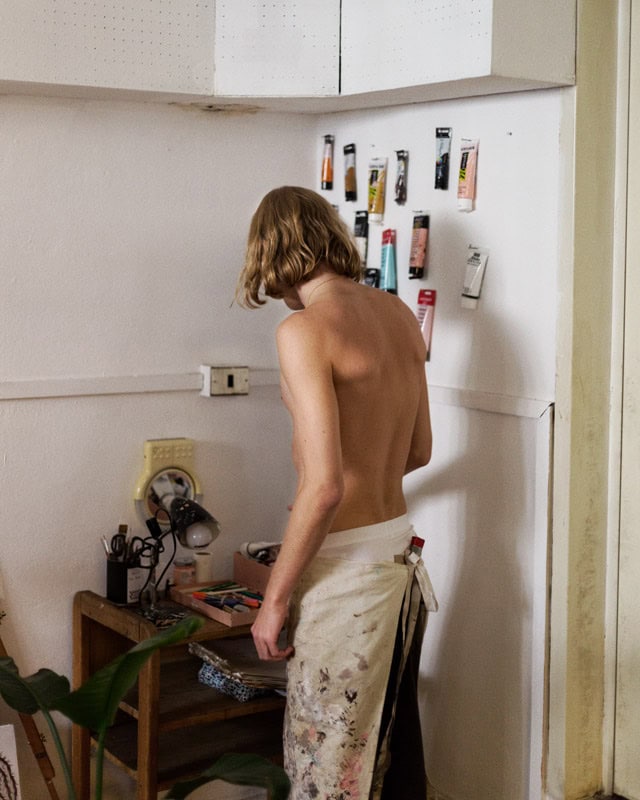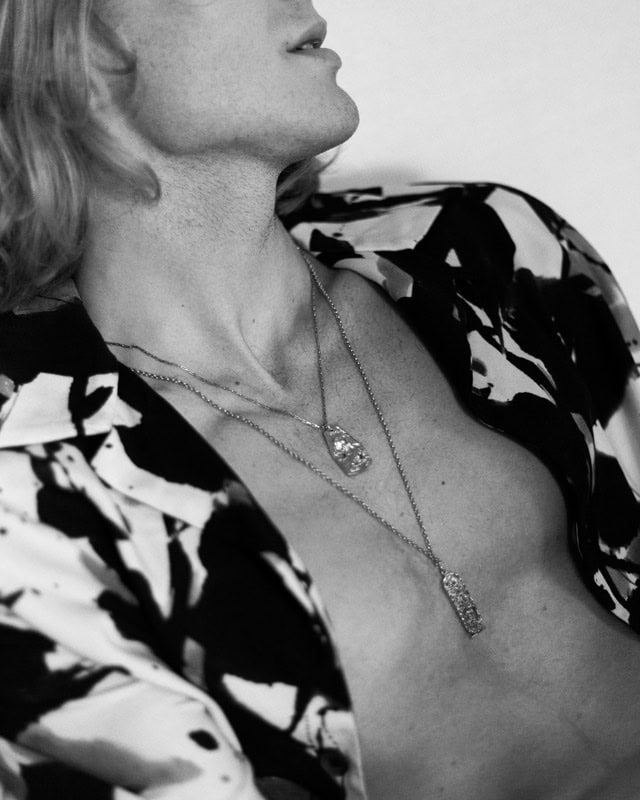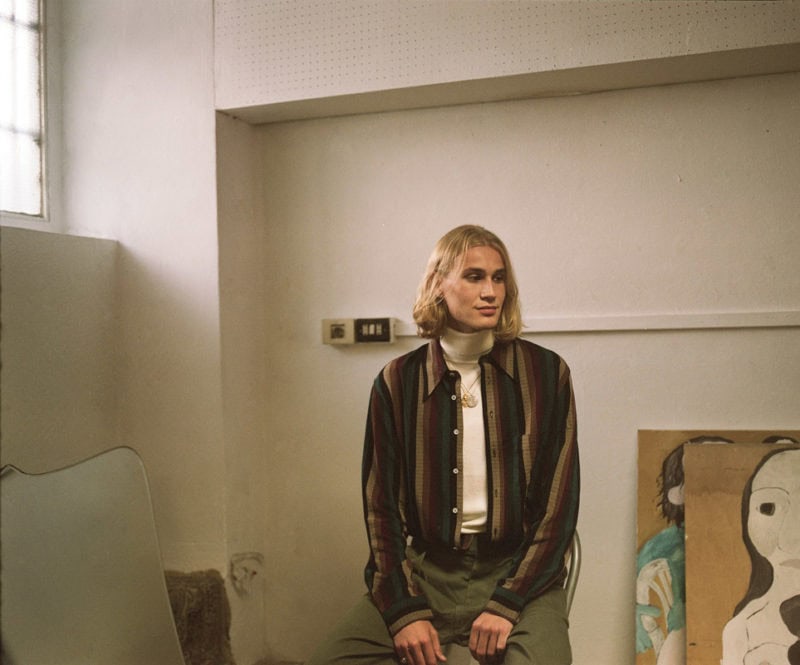This is an inside issue of C41 Magazine issue 9 Eros, an additional content only for our online readers. We put an extra video at stake, shot and directed by Luisa Pagani, with Simone Lorusso’s art direction. This short documentary let us discover the intimacy of Sebastien Notre, a young French artist whose work ranges from paintings, sculptures, collages and whatsoever lets him escape from reality. The interview has been written and curated by Alessandro De Agostini.
Some of your art pieces have a really strong sexual component. Which is the main reaction you are trying to evoke in the viewer? ls sex more the subject or the message?
I don’t tell the viewer what to think in front of my paintings. I want their attention to be focused on my work, not on my opinions. I don’t like it when sex is used to provoke, I just think it’s a beautiful act that can become even more beautiful in paint.
When you moved to Milan from Paris, did you experience any major difference in how people experience and think about sex?
French people think Italians are conservative in everything they do. I don’t think it’s true. They do the same things as us, they just hide it a little bit more.
Which are the differences/benefits of representing a sexual act surreally rather than realistically?
I use painting to escape reality. Therefore, I treat sex like all the other subjects I work on, I’m trying to create something outside of our society because we already spend too much time in it.
What is censorship to you, particularly today in the age of social networks? Have you experienced censorship first-hand?
I guess censorship is not a good thing but social networks are made of rules, like life. Rules are not often nice and logical but we have to deal with them. Being forbidden from posting some of my paintings also reminds me that they were not initially made to be seen there.
Why is painting “sex” generally perceived more positively than when it is represented via photography or film?
Because painting is supposed to establish more distance from the viewer than film. I don’t think this is true although I do like the idea.
You paint onto a variety of different materials therefore obtaining different outputs. Which is your artistic practice? In which state of mind do you eventually start painting onto a blank canvas?
I am used to painting with whatever I find, although I do like the classical aspect of the canvas. I start to think about what I’m missing and wishing for and sometimes write down the elements and feelings that I want to incorporate into my painting. Then I find a way to do it.
They say people should talk more and more freely about sex. Does the same principle apply to art and painting?
I think artists already talk a lot about sex and sometimes waste energy denouncing the wrong things. We should stop complaining and enjoy the huge freedom we already have in everything we do.
Who are the people you paint? Is there any connection at all with your personal experience? Where do you take inspiration from?
My people don’t exist until I paint them but I use a lot of seventies erotic magazines as a starting point. There is no personal connection between me and my paintings. I just paint them.
Credits:
Words by Alessandro De Agostini
Luisa Pagani, videographer
Simone Lorusso, art director
Valentin Hennequin, photographer
Marco Drammis, stylist
Giuditta Bedetti, hair & mua
Davide Stucchi, set designer
Knitwear, Federico Curradi
Necklaces, Alighieri
Knitwear, Denis Colomb
Shirt, Our Legacy
Pants, Uniforme Paris
Accessories, Alighieri
Shirt, Davi Paris
Trousers, Amiri
Underwear, Sunspel
Shirt, Lemaire
Top, Jil Sander
Pants, Margaret Howell
Underwear, Acne Studios
Full Look, Federico Curradi
Knitwear, Acne Studios
